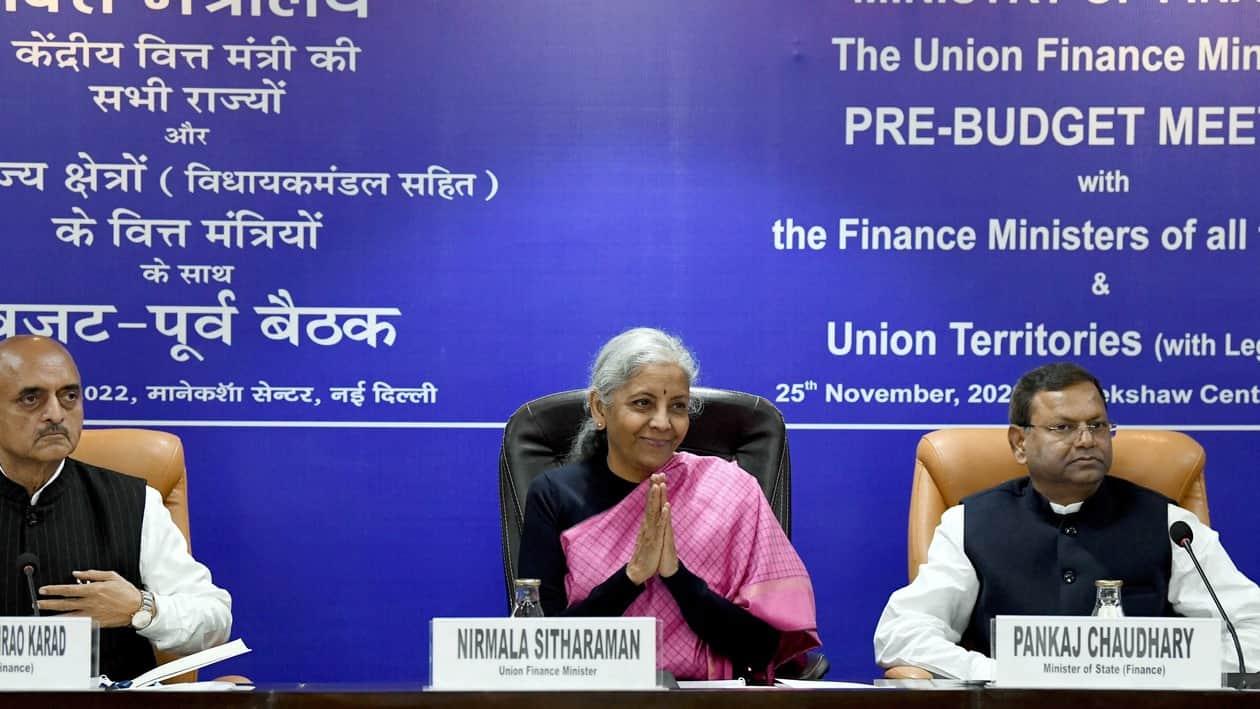The Government of India presents the Union Budget every year on February 1. The Union Budget is an important document that outlines the government’s fiscal policies, plans and programmes for the upcoming financial year. The budget-making process begins in August-September, almost six months before its presentation date.
It lays out a plan for the government to spend its revenue and allocate funds for various development initiatives and other urgent needs. The process of making a Budget involves a number of steps. Let us understand it one by one.
Step 1
The finance ministry issues circulars to all ministries, states, union territories, and autonomous entities at the initial stage in the budget-making process. These circulars include skeletal forms as well as the necessary guidelines, which are used by ministries to express their needs and demands.
These ministries disclose their earnings and expenses for the previous year in addition to offering estimates. After receiving requests, top government officials evaluate them and have discussions with ministries and the department of expenditure.
Step 2
Once the information has been validated, the finance ministry then allocates revenue to numerous divisions for their impending outlays. In the event of any disagreements over the splitting up of money, the finance ministry deliberates with the Union Cabinet or the prime minister.
Other stakeholders including agriculturists, small business proprietors, and foreign institutional investors are also consulted by the department of economic affairs and the department of revenue for further understanding.
Step 3
The finance ministry also arranges pre-Budget meetings with different stakeholders to gain knowledge of their recommendations and requirements. These participants comprise of state representatives, agriculturists, bankers, economists and trade unions. After considering all requests, it is further discussed with the prime minister prior to confirmation.
Step 4
A few days before the Budget is announced, the government has an annual tradition of conducting a halwa ceremony. The ceremony heralds the start of Budget document printing. A giant "kadhai" (large frying pot) is used to produce "halwa," which is then fed to the whole workforce of the finance ministry as part of the ceremony.
Step 5
The presentation of the Budget to the Parliament is the last phase in the budget-making process. On the first day of the Budget session, the finance minister conducts the presentation. The minister summarizes the document's key points and explains the thinking behind the proposals during the presentation.
Following the presentation, the Budget is laid before both houses of Parliament for discussion. Following approval by both houses, the Budget is forwarded to the President for approval.
Formation of a Budget is a long-drawn process involving multiple steps and consultations. Each step is essential to ensure that the public money is used judiciously and allocated appropriately. The importance of this document can never be overlooked as it determines how the government functions and spends its resources to develop the nation.
